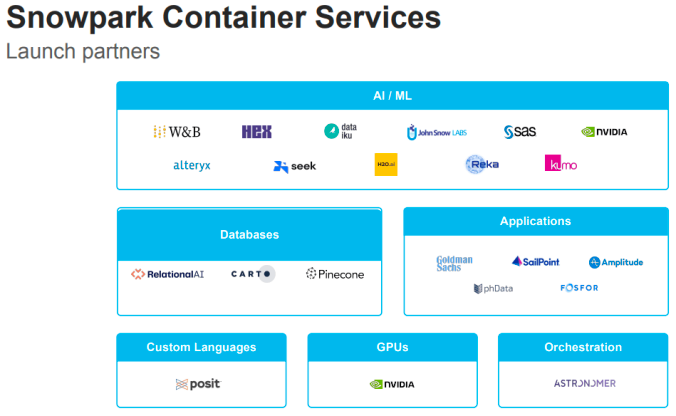This quarter’s earnings calls made clear that enterprise executives across every sector consider developing an “AI strategy” a priority. From Healthcare to Finance, recent improvements in LLMs have re-focused CEOs on how to use AI to improve productivity across the enterprise - whether in Sales, Customer Support, or R&D.
This should be music to the ears of every MLOps startup trying to sell tooling to help enterprises build their own in-house AI capability. But there are several barriers to adoption that mean many startups may need to re-evaluate their GTM strategy to access these customers.
Enterprises need custom models
While the pre-trained foundation models from Open AI, Anthropic et al are excellent generalists, they lack specific insight into industries and company-specific problems.
To understand these models’ operations and make predictions effectively, companies will need to fine-tune these pre-trained models on their own data.
Data Security
While many startups offer tools to help enterprises train custom models on their own data, they require the company to share data with an external party.
Data Security and Governance is a board-level issue for every enterprise after so many high-profile breaches. Any initiative requiring data to be moved outside the company’s internal environment will attract serious scrutiny.
Why the cloud data platforms win
Recently, both Snowflake and Databricks held AI summits. It’s clear from their presentations that they are making significant investments to help enterprises build custom AI models on top of their existing data.
Databricks Data & AI Summit
Customers of the cloud data platforms have already invested in organizing their data, creating roles, setting access policies, and establishing overall governance. The platforms want to take advantage of this by also enabling those customers to deliver AI runtimes within the same environment. By doing so, these platforms position themselves as the central location for enterprises’ data and AI stacks.
Databricks Data & AI Summit
Shared Domain Models
What’s particularly exciting is the opportunity to build domain models through the data-sharing capability already offered by these platforms. During Snowflake’s Investor Day, management revealed that 70% of their $1M+ ARR customers already use data sharing. Snowflake could extend that capability so that customers in the same industry can train models on shared data without making that data identifiable, allowing more accurate domain models to be built.
If a company’s existing data platform can offer all the tools to help train custom AI models and enable data sharing, it will be hard for startups to compete.
Build vs Partner
Databricks and Snowflake plan to offer best-of-breed solutions for enterprises to access tools that can accelerate their AI adoption. These tools include open-source and proprietary models, notebooks, and observability tools to detect PII and model drift.
However, they don’t intend to build everything in-house. Both platforms intend to partner with best-in-breed solutions to offer every enterprise their ideal combination of tools.
So what does that mean for MLOps startups?
Instead of concentrating all their effort on direct sales, startups should aim to build relationships with the cloud data platforms (Snowflake, Databricks) and hyperscalers (Amazon, Google, Microsoft) to gain enterprise distribution. With focused attention, each startup can position itself as the preferred partner and category leader in their segment of the market.
Links I loved
IBM and NASA Open Source Largest Geospatial AI Foundation Model on Hugging Face
By open-sourcing this model, researchers are hoping to accelerate discovery in areas like climate change. Researchers can use the model to track deforestation, predict crop yields, or detect and monitor greenhouse gasses.
New AI translates 5,000-year-old cuneiform tablets instantly
A multidisciplinary team of archaeologists and computer scientists has developed an artificial intelligence that can translate Akkadian almost instantly and unlock the historic record preserved in these 5,000-year-old tablets.
International Space Station: Benefits for Humanity
The microgravity lab on the ISS does crucial scientific research pushing humanity forward — from crystallising proteins to identify potential treatments for disease, to fluid physics research that could enable novel drug delivery mechanisms, and identifying microbes for asteroid mining.









